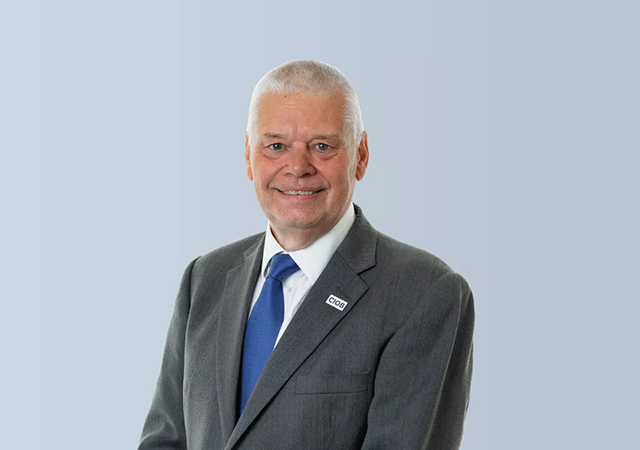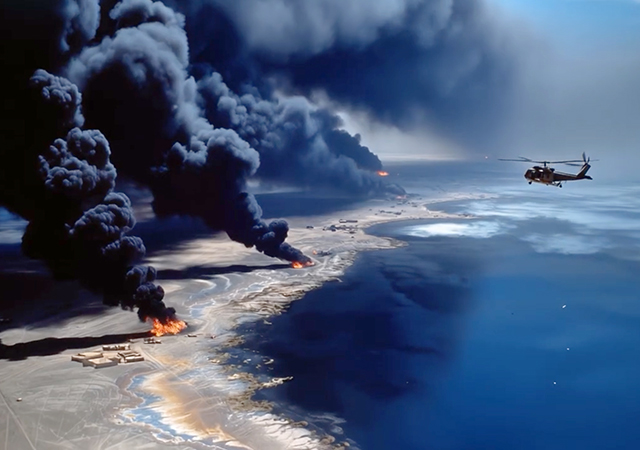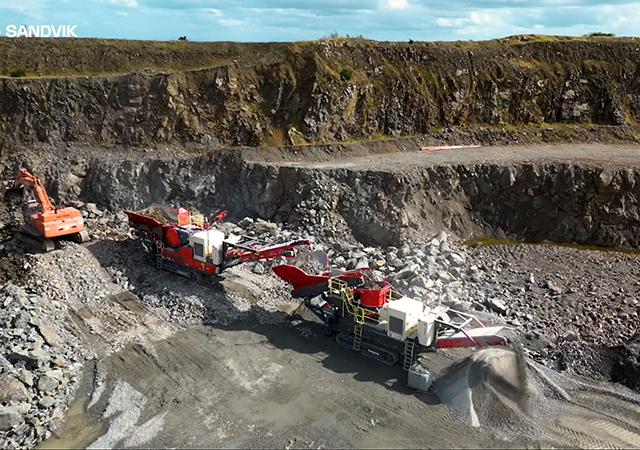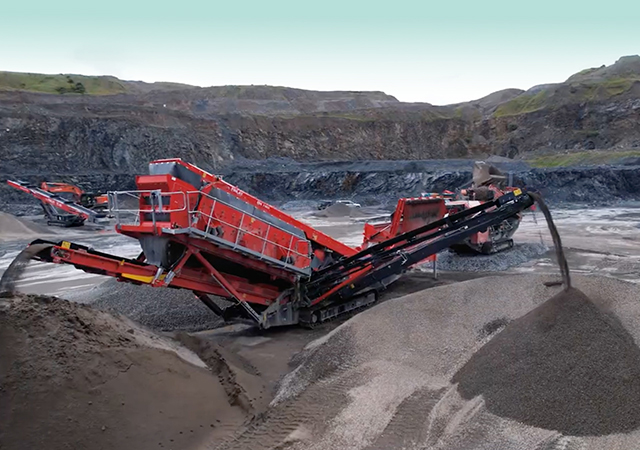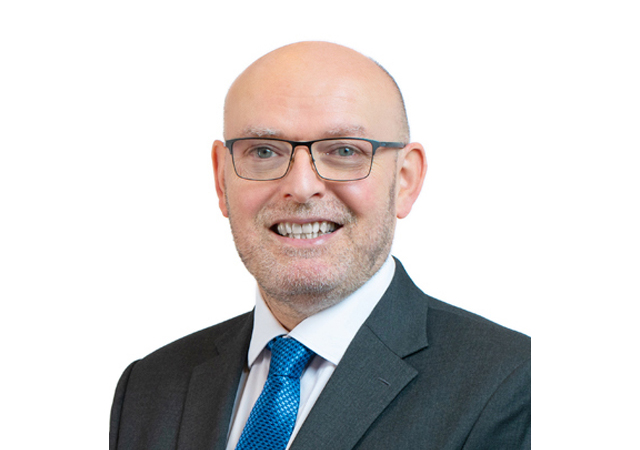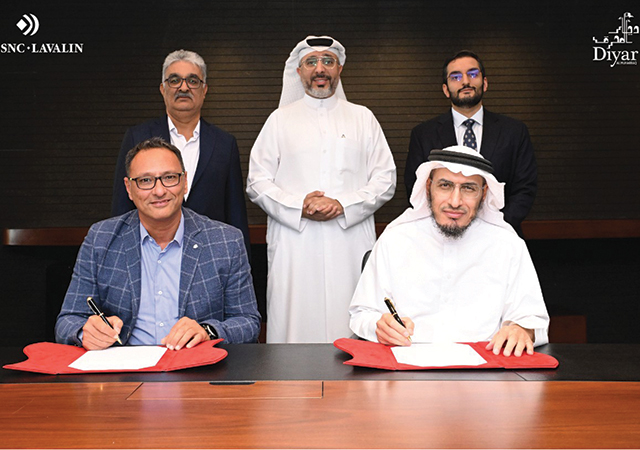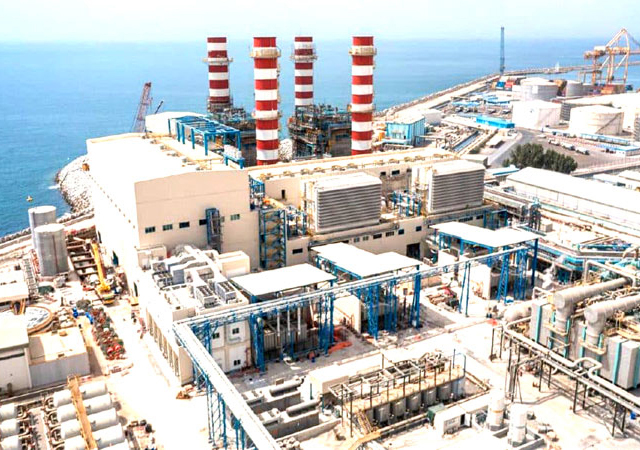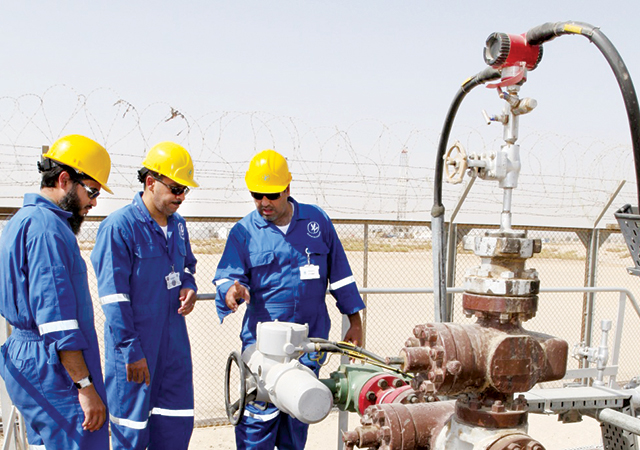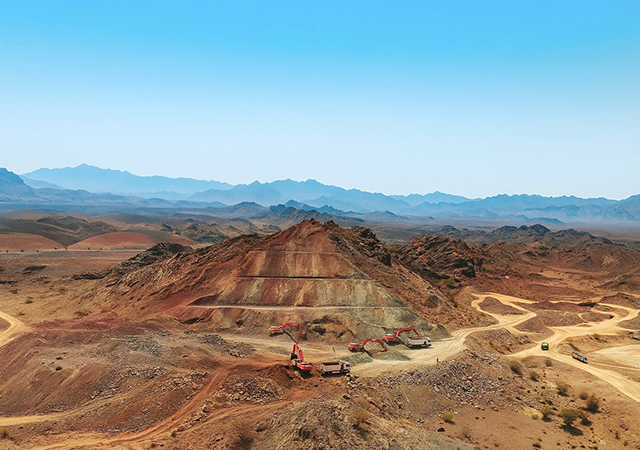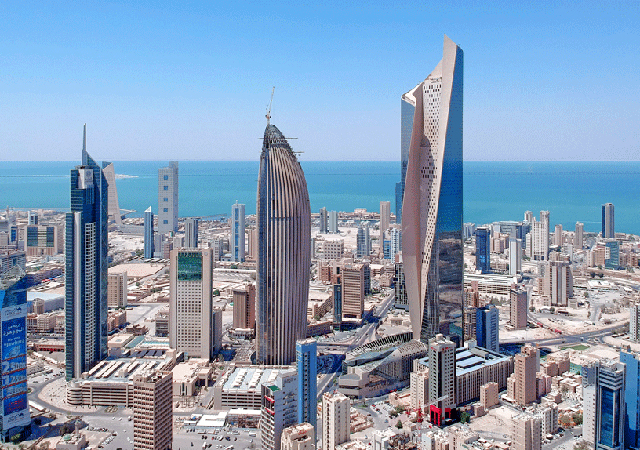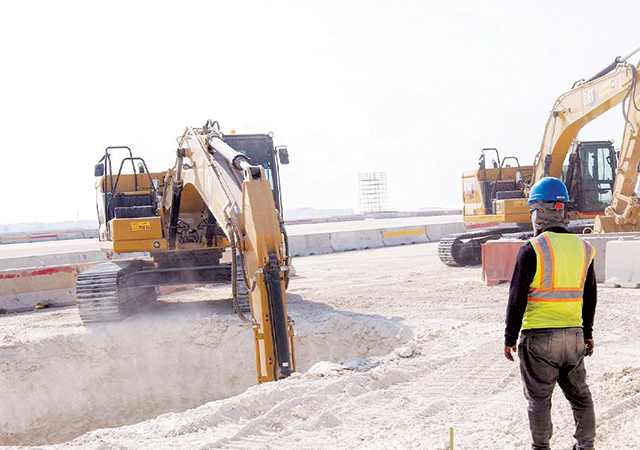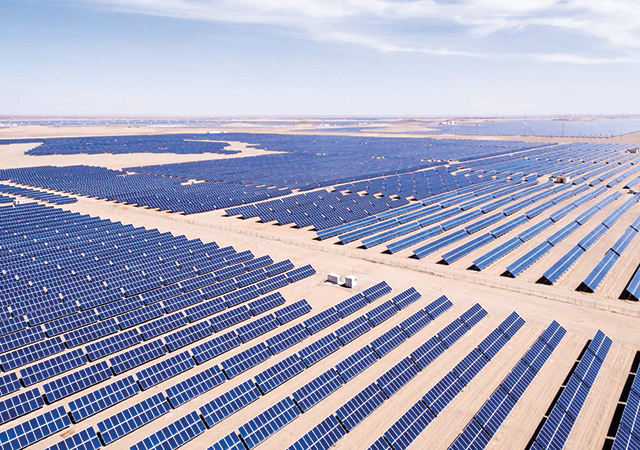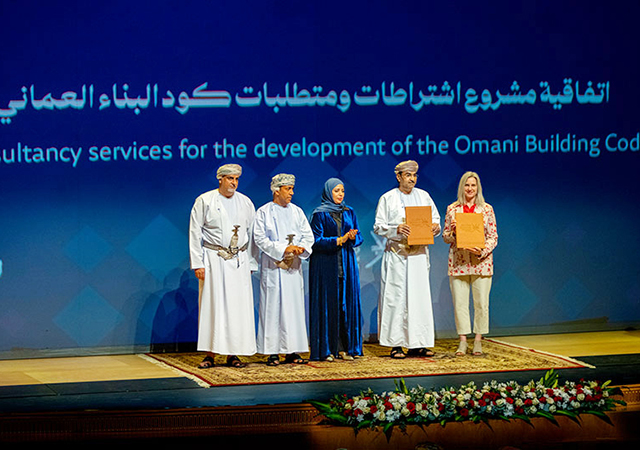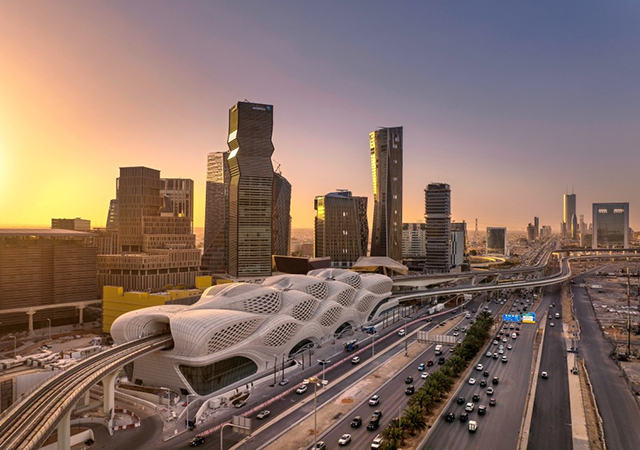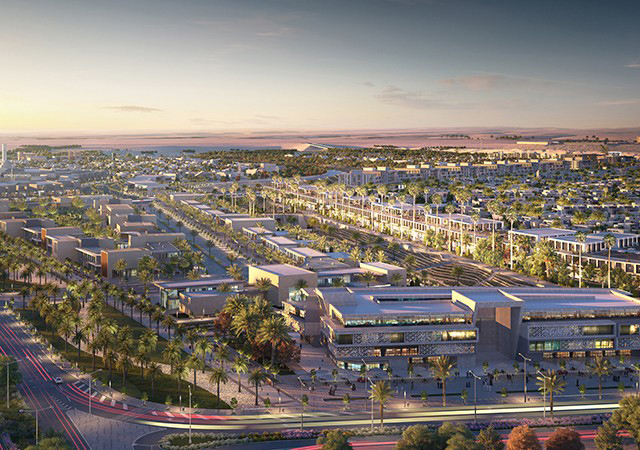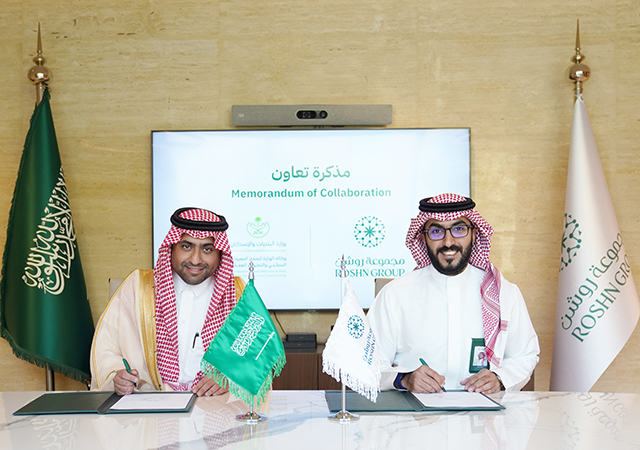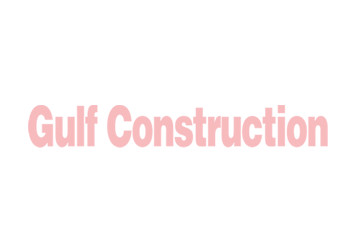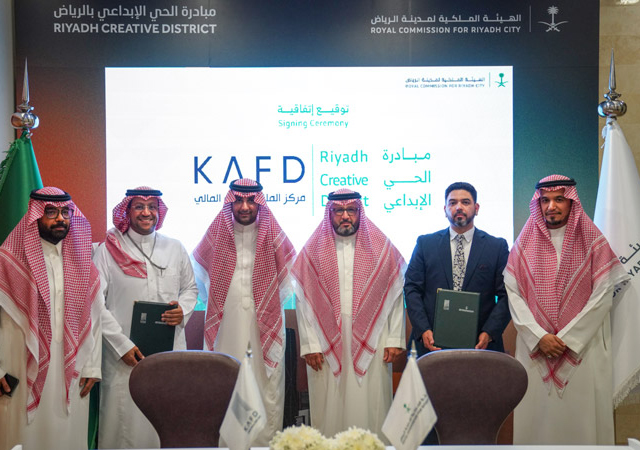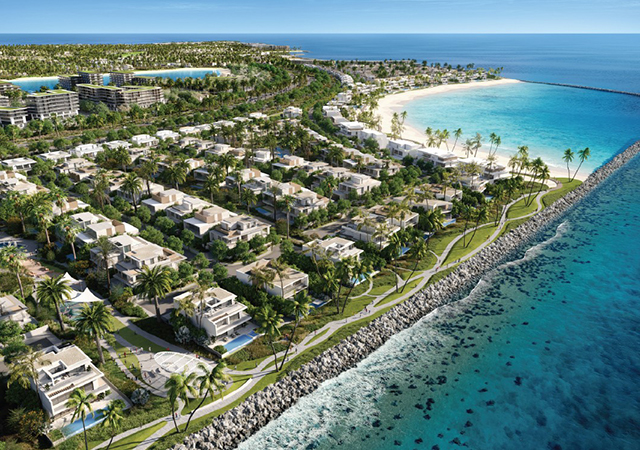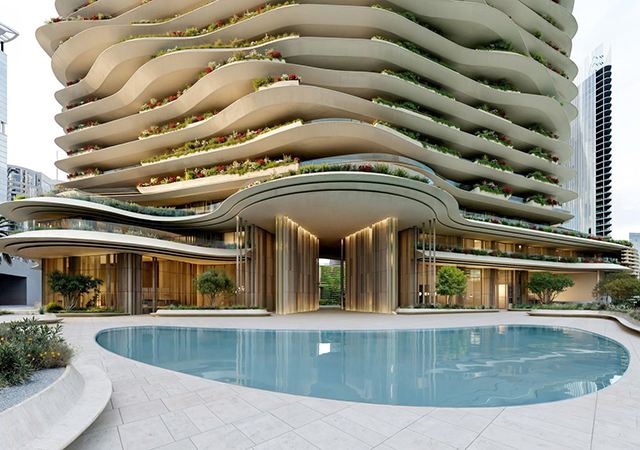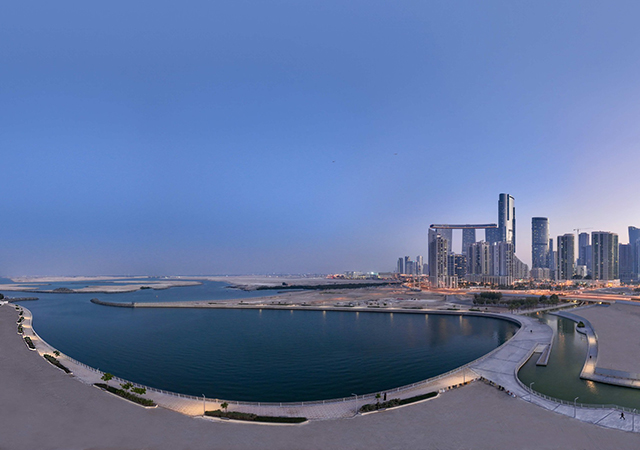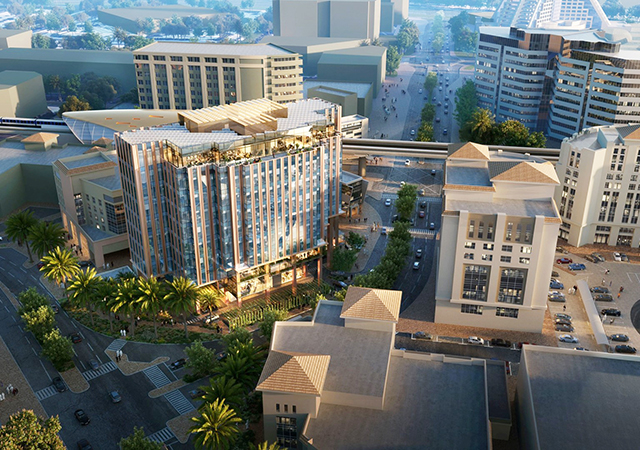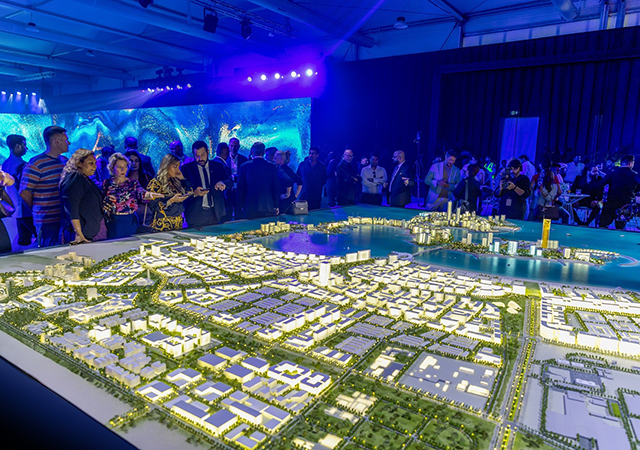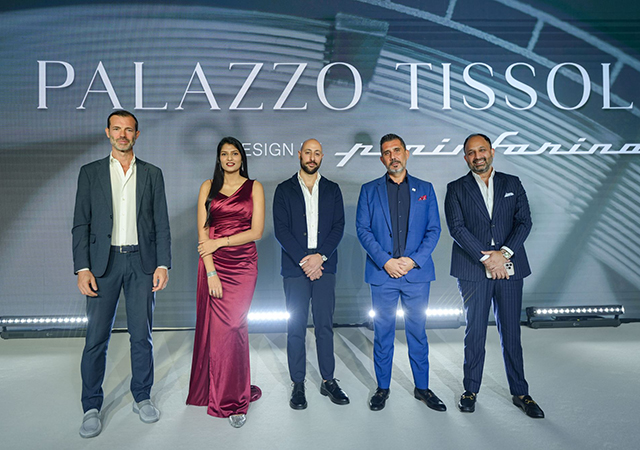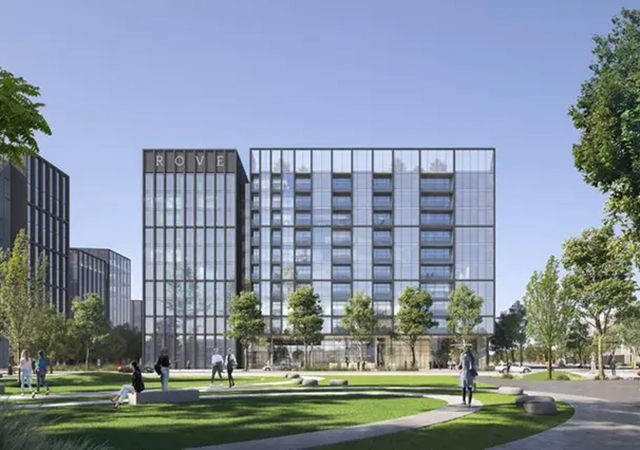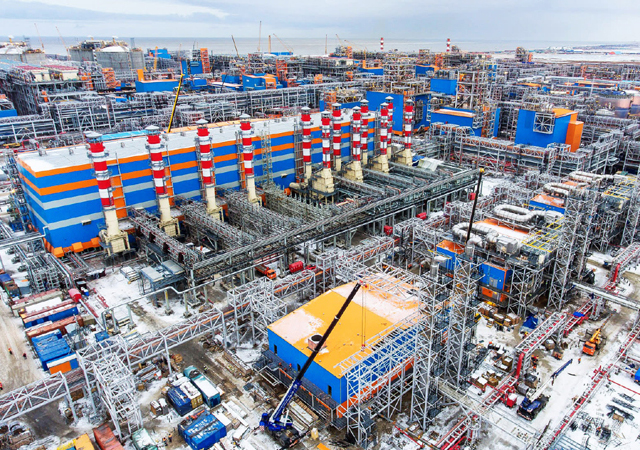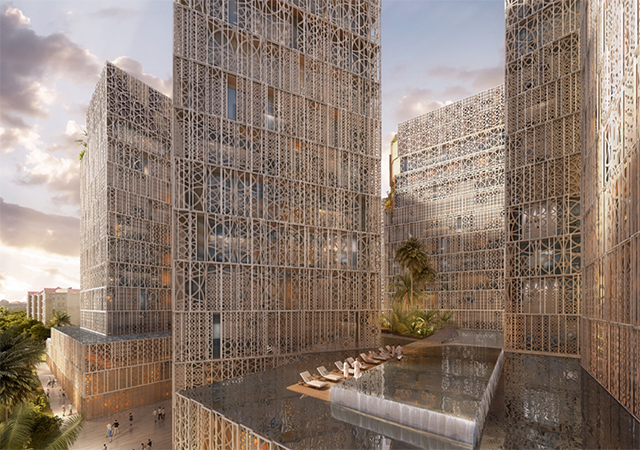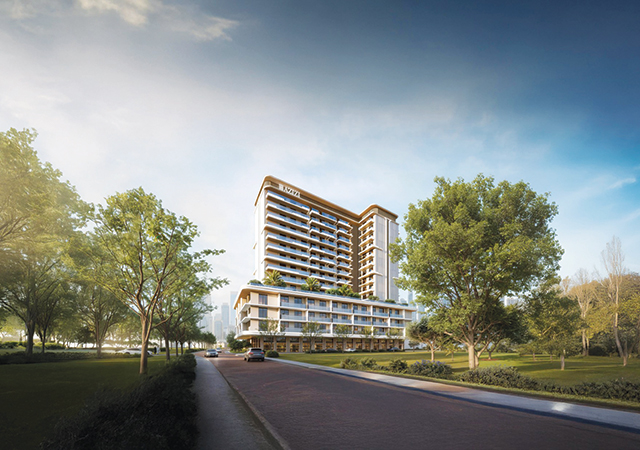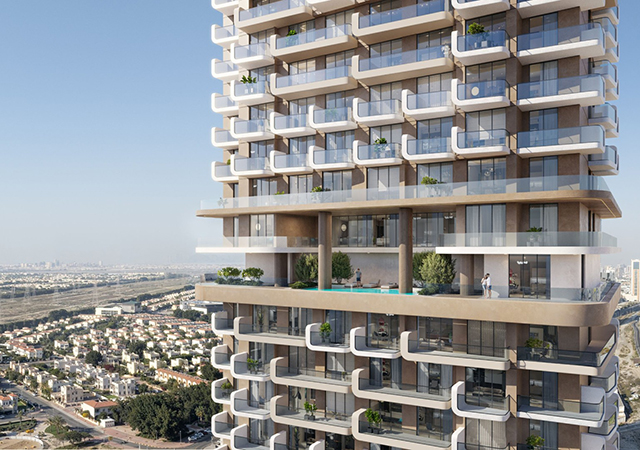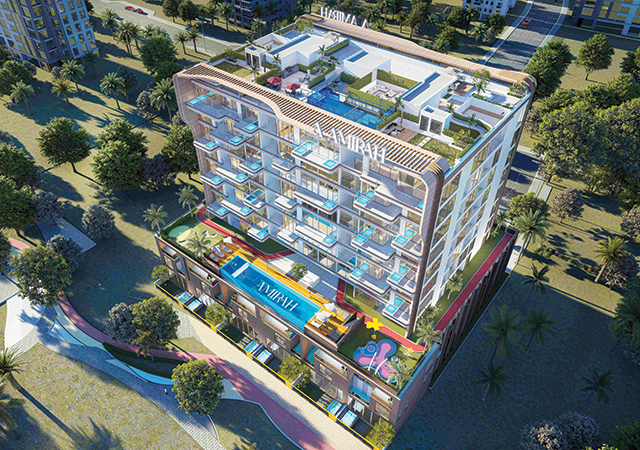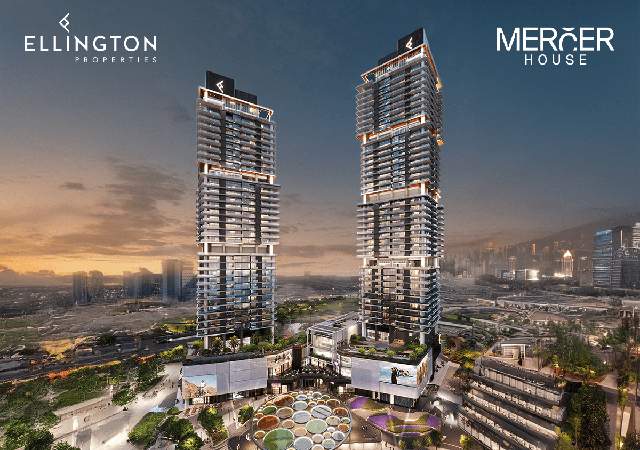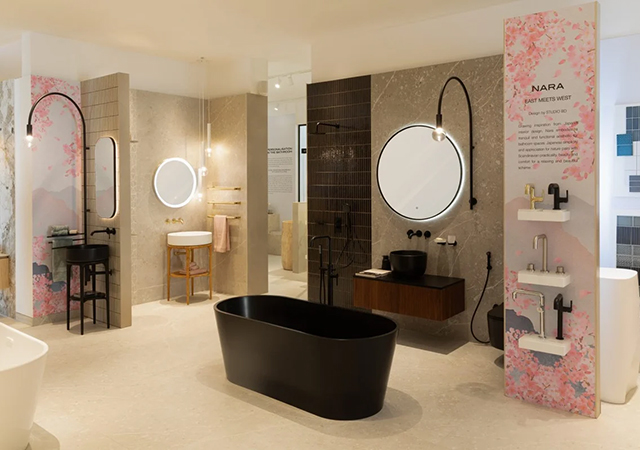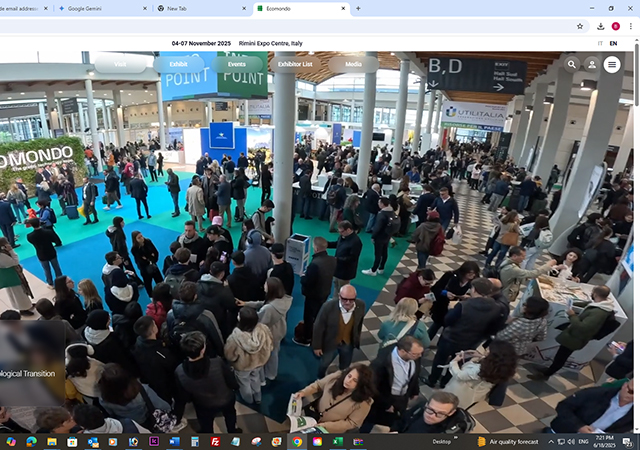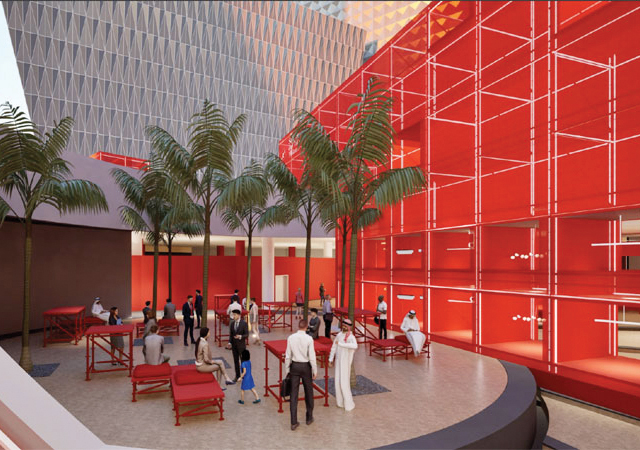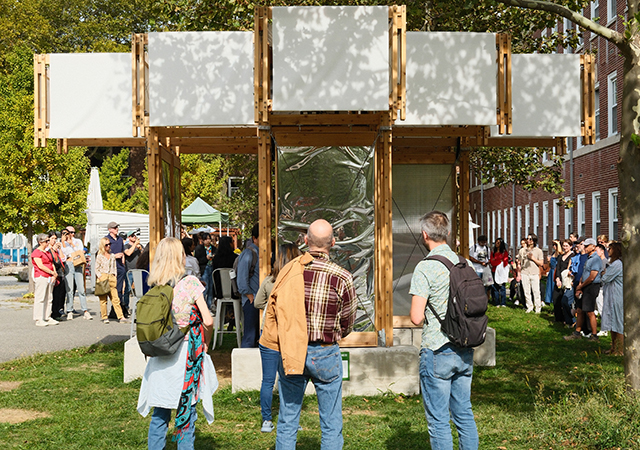
 UAE dignitaries visited Emerald Ecotechnologies/EEIC’s stand at Wetex where Aquachlor Mixed Oxidant Generators were showcased.
UAE dignitaries visited Emerald Ecotechnologies/EEIC’s stand at Wetex where Aquachlor Mixed Oxidant Generators were showcased.
At Wetex 2025 in Dubai, Emerald Ecotechnologies and Emirates Electrical & Instrumentation Company (EEIC), a Ghobash Group Enterprise, showcased their flagship Aquachlor Mixed Oxidant Generators – a breakthrough technology promising up to 90 per cent cost savings in water disinfection.
The innovation is already making tangible impact in the UAE. At the Naqa’a Desalination Plant in Umm Al Quwain – with a capacity of 684,000 cu m per day, the world’s second largest – Aquachlor has successfully completed pilot testing for potable water disinfection. Retrofits now under installation are expected to achieve around 90 per cent reduction in operating costs and a return on investment of just 18 months.
Gulf Construction sat down with Ramiz Palkabar, Head of Water Technology Business Unit, EEIC, and Petr Gnatyuk, CEO, Emerald Ecotechnologies to discuss their partnership, the success of recent pilot projects, and how Aquachlor is setting new efficiency and sustainability benchmarks across the region.
Excerpts of the interview with Ramiz Palkabar and Petr Gnatyuk:
How did this partnership come about, and what strategic value does it bring to the region?
The partnership between EEIC and Emerald Ecotechnologies developed during an exhibition in the UAE, where it became clear that both companies could bring highly complementary strengths. EEIC is already firmly established in the region as a trusted EPC contractor, while Emerald Ecotechnologies brings advanced water technologies that add significant value to large-scale projects. Many of these projects require far more than manufacturing alone – they demand delivery, tendering, engineering documentation, and long-term operation and maintenance. By working together, Emerald Ecotechnologies provides the innovation, while EEIC ensures these solutions are delivered and supported effectively across the UAE and the wider Middle East.
As a leading EPC contractor in the UAE, how are you leveraging your expertise to meet the specific demands and scale of the region’s utilities and industrial infrastructure projects?
EEIC draws on its long-standing presence and experience in the region to manage the complexity and scale of major utilities and industrial projects. By combining engineering, procurement, and construction capabilities with a strong understanding of local requirements, EEIC ensures that solutions are not only technically sound but also practical and sustainable. This expertise allows EEIC to deliver infrastructure that meets the region’s growing demands with efficiency and reliability.
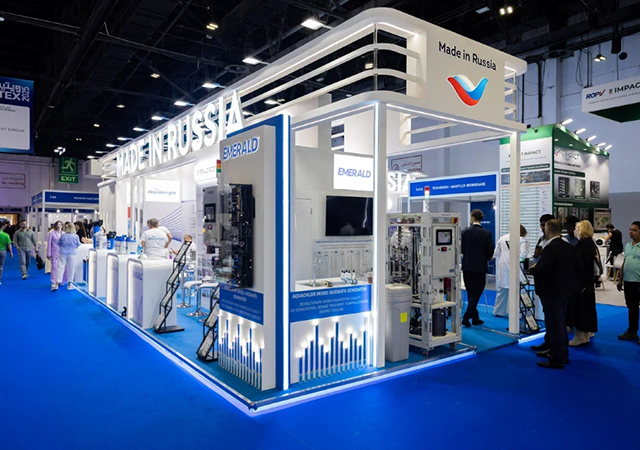 |
|
Emerald Ecotechnologies and EEIC ... working together to promote the innovative technology across the UAE and the wider Middle East. |
How critical is the integration of advanced, cost-saving technologies like Aquachlor into your EPC projects?
The integration of advanced technologies such as Aquachlor Mixed Oxidants is central to EEIC’s work, as they deliver both cost savings and long-term sustainability benefits. EEIC ensures these systems are effectively adapted to the specific needs of each project, meeting compliance requirements, integrating seamlessly into existing infrastructure, and being fully supported through engineering documentation, commissioning, and ongoing operation and maintenance. This comprehensive approach ensures that the value of Emerald Ecotechnologies’ solutions is realised on the ground.
Aquachlor Mixed Oxidants technology is claimd to reduce OPEX by up to 95 per cent. How is this achieved?
Aquachlor generators achieve up to a 95 per cent reduction in operating expenditure compared to conventional water disinfection systems. With sodium hypochlorite, one kilogramme of active chlorine costs around $8, whereas with Aquachlor’s mixed oxidants it is only $1 per kg. The only consumable required is table salt, which is both affordable and readily available, in contrast to the costly traditional chemicals used in water disinfection. In addition, one truckload of salt can generate the equivalent of eight truckloads of sodium hypochlorite (13 per cent bleach) and two truckloads of sodium hydroxide (50 per cent solution), significantly reducing both chemical costs and transport requirements.
How do Aquachlor generators compare with conventional chemical-based disinfectant systems in safety and performance?
Aquachlor generators stand out as the most cost-effective technology when compared with traditional disinfectants. Its unique mixed oxidant structure makes it the most powerful disinfectant available, while also being proven to be the most ecologically safe, as demonstrated by our successful pilot at the Naqa’a Desalination Plant. It reduces operating costs by 90 per cent and typically delivers a return on investment within 18 to 24 months. By combining cost savings, safety, and environmental performance, Aquachlor mixed oxidants generators offer clear advantages over conventional chemical-based systems.
What were the key lessons from the deployment of Aquachlor at the Naqa’a Desalination Plant?
At the Naqa’a Desalination Plant, Aquachlor Mixed Oxidant generator has been piloted successfully for six months without any drawbacks, demonstrating both its reliability and effectiveness. By replacing chlorine dioxide, the plant has piloted a 90 per cent reduction in operating costs, with a projected return on investment of just 18 to 24 months.
Importantly, Aquachlor generator has proven to be more environmentally safe, producing no bromate, chlorate, or chlorite byproducts, fully in line with WHO standards. The success of this deployment has prompted Naqa’a to plan for the adoption of the technology in the full scale in 2026.
By reducing reliance on imported chemicals and minimising transport and labour requirements, Aquachlor generator offers a safer, more sustainable solution that directly supports national and regional sustainability goals
What are the next target markets or major projects in the GCC? How do you see WHO compliance shaping adoption among Gulf utilities and municipalities?
Aquachlor generators are already being taken up by Dubai Municipality as part of its efforts to phase out sodium hypochlorite in sewage treatment plants.
Beyond utilities, Aquachlor generator is also being introduced in swimming pools and water parks in Russia, US, England, Qatar, UAE. WHO compliance is a critical factor, as its stringent and internationally recognised standards give utilities and municipalities in the Gulf strong confidence in the technology’s performance and safety, encouraging wider adoption.
Which sectors or markets in the Middle East and Africa do you see as having the strongest near-term potential for Aquachlor deployment?
The strongest opportunities for near-term deployment are in the UAE, Saudi Arabia, US, Qatar, Türkiye, Egypt, Iraq, India, Kenya. These markets already have mature water treatment sectors that are prepared to implement innovative technologies like Aquachlor at scale, making them natural early adopters of the system.
Can you share insights into the technological innovations Emerald Ecotechnologies is working on beyond Aquachlor, and how EEIC plans to integrate them into regional projects?
Looking ahead, a significant portion of projects will require solutions that are containerised for ease of transport and deployment. To address this, Emerald Ecotechnologies will supply the core machines, while EEIC will handle local assembly of the containerised systems. This approach ensures that innovations are adapted to regional needs, making them more cost-efficient and accessible for clients throughout the Middle East.
Where do you see on-site mixed oxidants generation, and specifically Aquachlor, positioning itself as the standard for water disinfection over the next five years?
Emerald Aquachlor Mixed Oxidant generator is well positioned to transform disinfection across seawater, potable water, and wastewater treatment over the next five years. Its combination of cost efficiency, ecological benefits, and powerful disinfection performance makes it a strong candidate to become the industry standard. Beyond disinfection, the technology also enhances broader water treatment processes, helping to improve water quality and extend the lifespan of critical infrastructure. It also shows strong potential in sectors such as oil and gas, where it can deliver safe and cost-effective alternatives to conventional methods, and EEIC looks forward to sharing more on these applications in the near future.




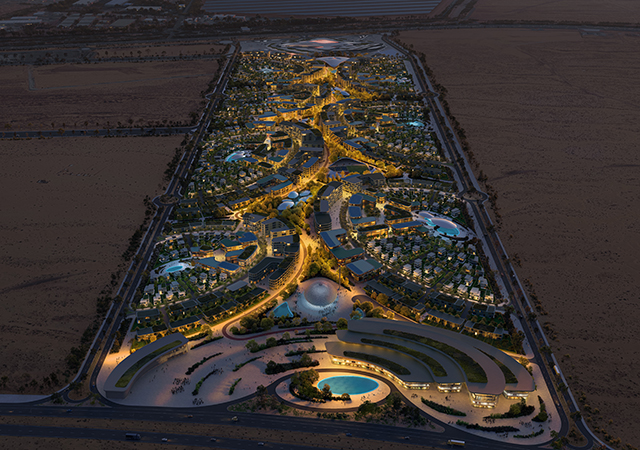
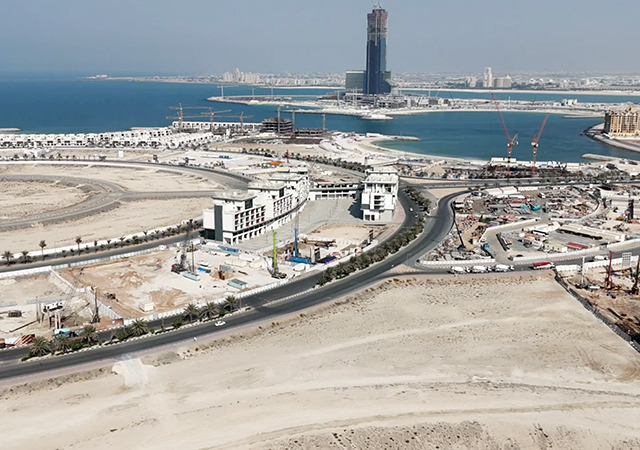
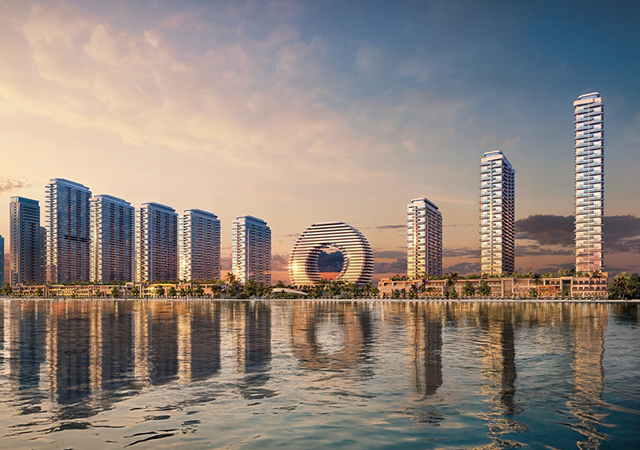

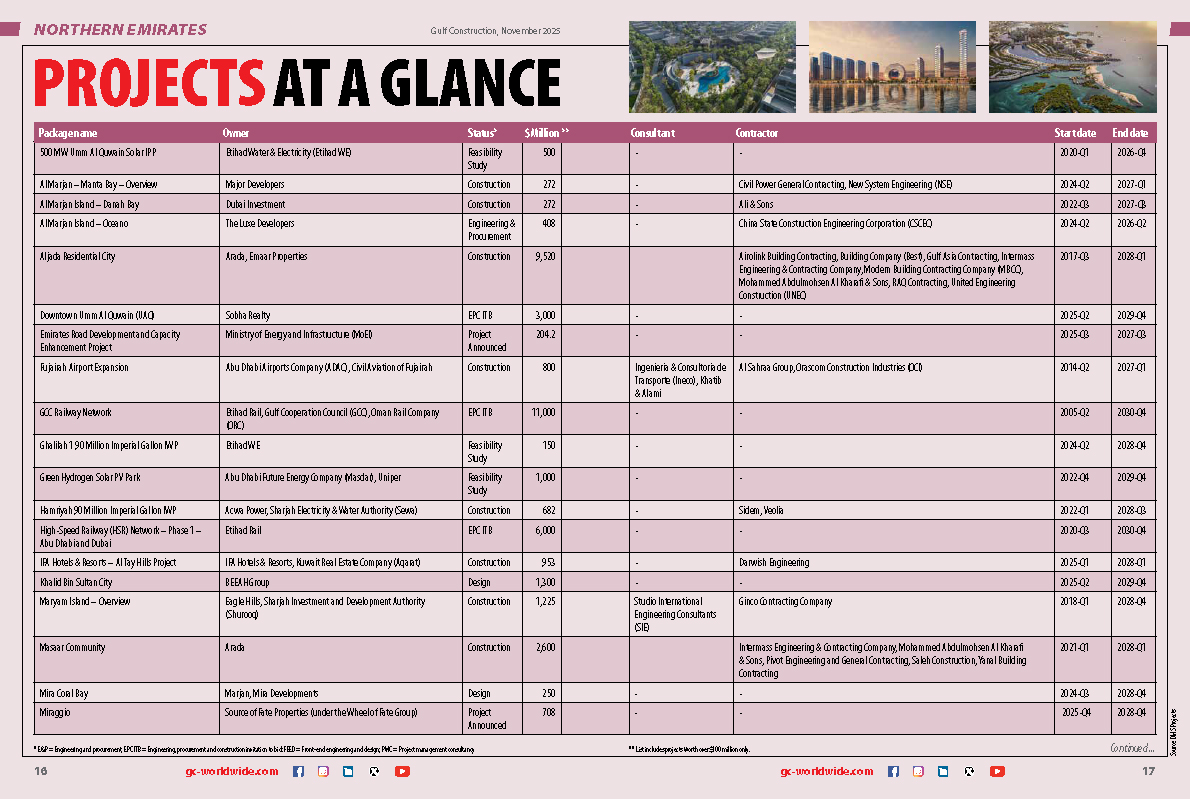
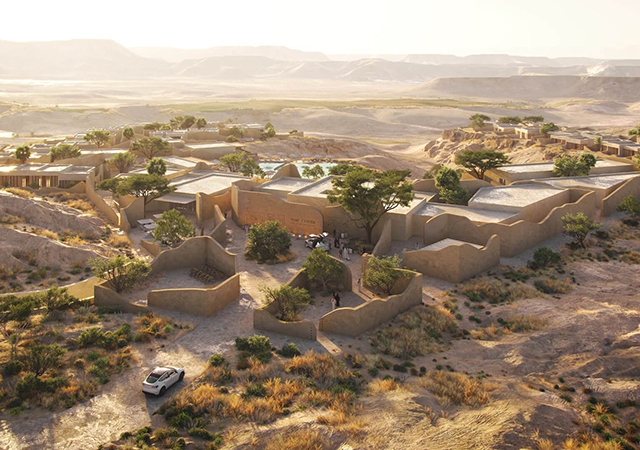
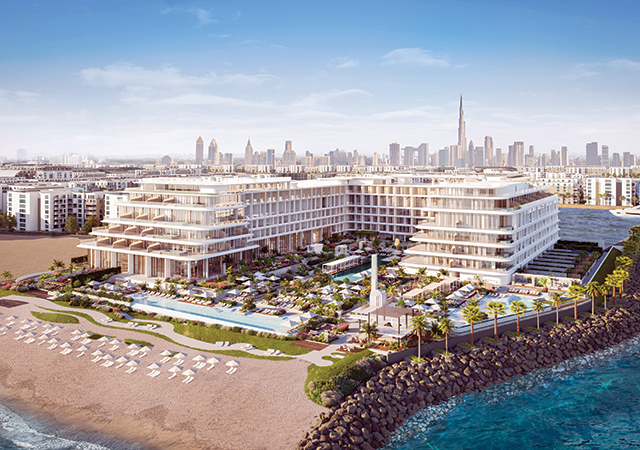
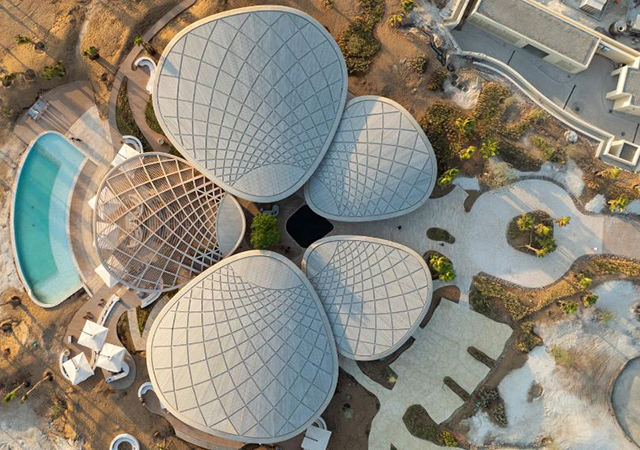
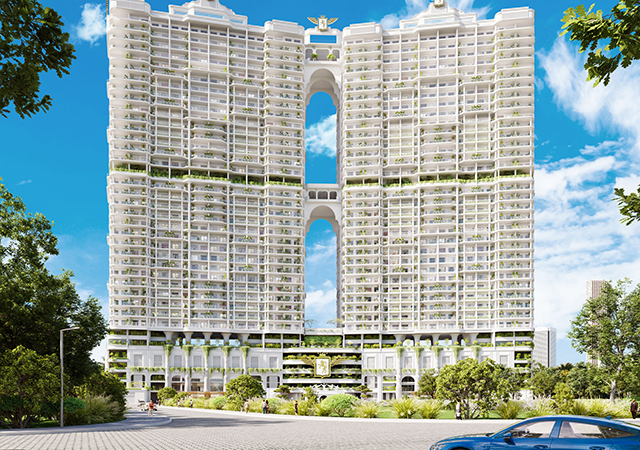
(5).jpg)
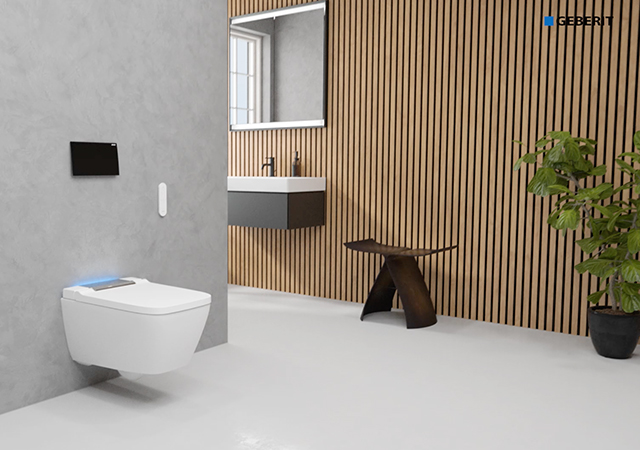
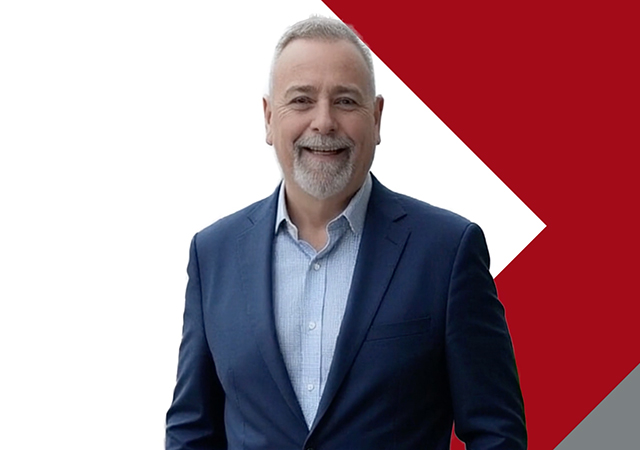

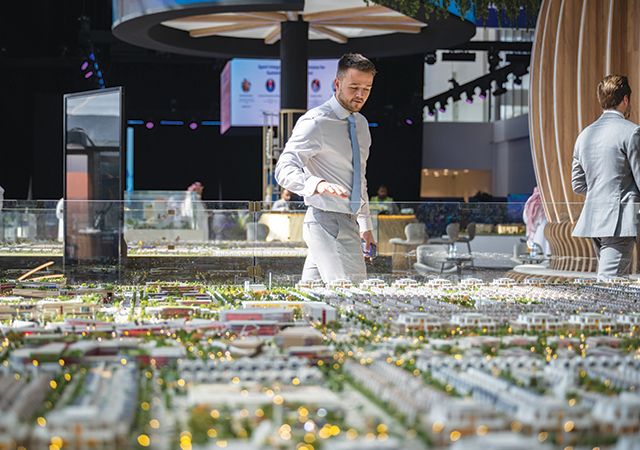


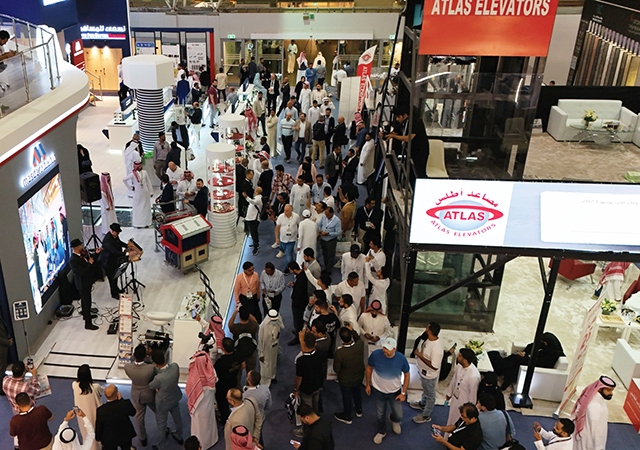

.jpg)
